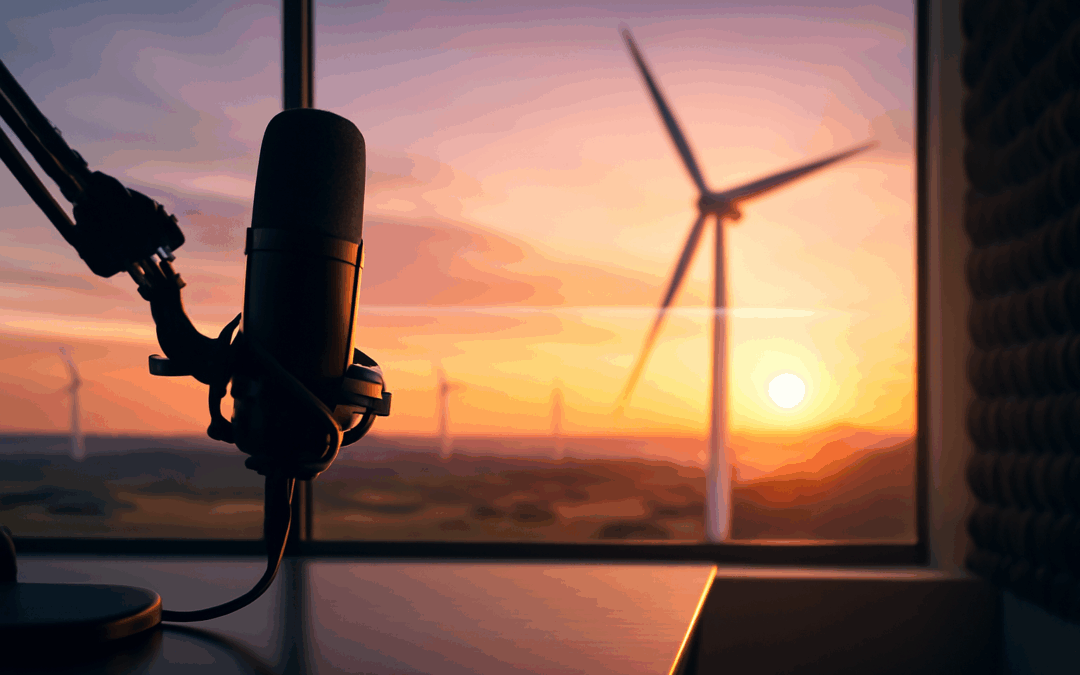Global wind power capacity continues its robust expansion, with recent reports indicating a 20% year-on-year increase in installations globally. This momentum is further propelled by innovative projects, notably the recent announcement of Europe’s largest floating offshore wind farm, poised to revolutionize renewable energy generation.
This groundbreaking project, situated off the coast, boasts several key advancements. Firstly, its record-breaking capacity of 2 GW will power over two million homes, significantly contributing to national energy grids. Secondly, the deployment of next-generation 18 MW floating wind turbines represents a monumental leap in engineering, enabling installations in deeper waters previously inaccessible to traditional fixed-bottom foundations. Furthermore, the farm incorporates advanced AI-driven predictive maintenance systems, drastically reducing operational costs and maximizing energy output. “This project sets a new benchmark for what’s achievable in renewable energy,” states Dr. Elena Petrova, Head of Renewable Energy Research at the Global Energy Institute. “It demonstrates not only technological prowess but also a scalable model for future large-scale developments.”
The initiative perfectly aligns with burgeoning industry trends, especially the rapid growth of offshore wind turbines and their increasing efficiency. Moreover, the project explores the hybridization with green hydrogen production, using surplus electricity during peak generation times to electrolyze water, creating a valuable energy storage solution and a clean fuel source for various industries. This strategic integration highlights a holistic approach to energy transition, addressing both power generation and decarbonization challenges.
This ambitious undertaking directly addresses ODS 7 (Affordable and Clean Energy) by providing a sustainable, large-scale source of electricity, making clean energy more accessible. It also makes a substantial contribution to ODS 13 (Climate Action), mitigating climate change by avoiding an estimated 3 million tons of CO2 emissions annually—equivalent to taking nearly 650,000 cars off the road each year.
The advent of such pioneering projects underscores a critical juncture in our global energy transition. Are we truly prepared to embrace the full potential of wind power, not just as an alternative, but as a foundational pillar of our sustainable future?
Are you aware we have courses related to this?
View GWO Basic Safety Training course
View GWO Basic Technical Training course
View GWO Blade Repair course
View GWO Advanced Rescue course
